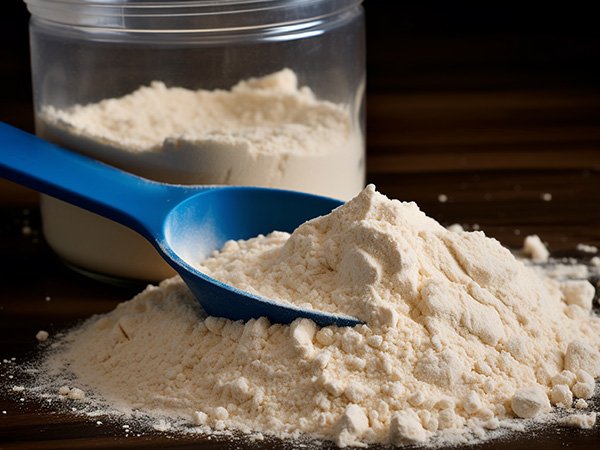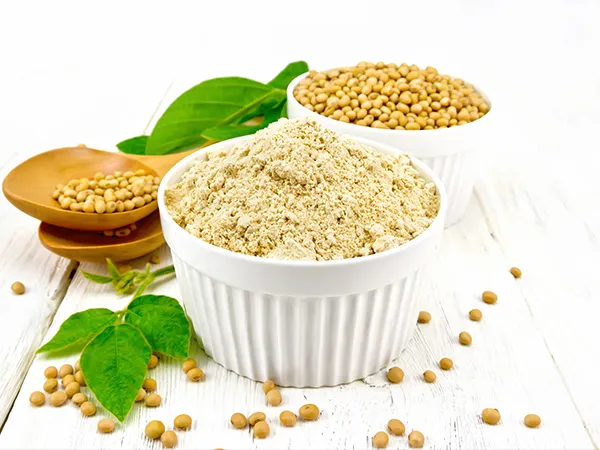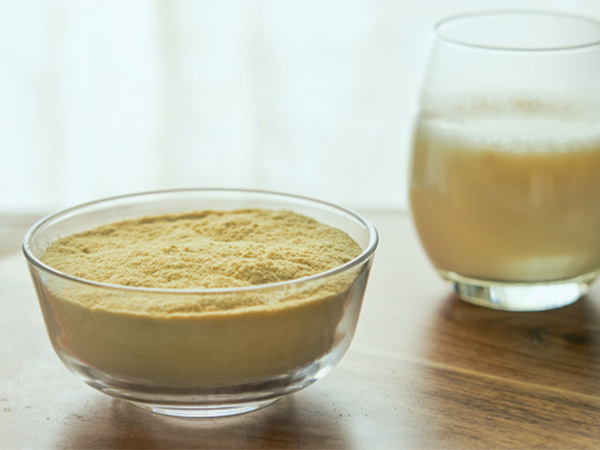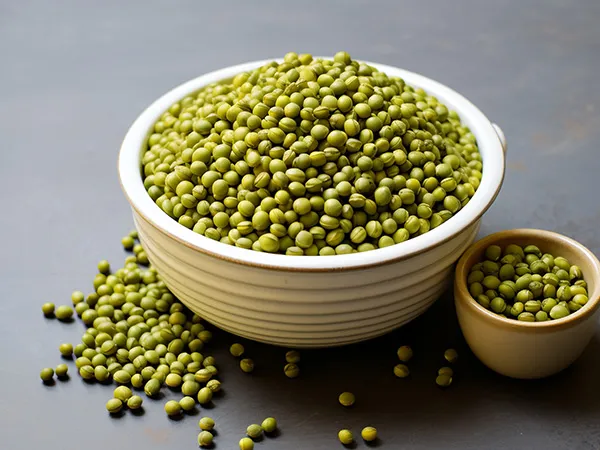Driven by the concepts of health, sustainability, and plant-based innovation, plant proteins have become a global focus in the modern food industry. Among them, pea protein stands out as one of the most promising alternatives to soy protein, thanks to its excellent amino acid composition, low allergenicity, and favorable processing characteristics. To obtain high-purity and high-functionality pea protein, optimization of separation technology and equipment selection is crucial. In recent years, the application of the Air Classifier Mill (ACM) in the dry separation of pea protein has brought revolutionary progress to the plant protein industry.

The Value of Pea Protein and the Need for Separation
Pea protein is mainly derived from yellow peas and is rich in essential amino acids such as lysine and leucine. It is free of gluten and lactose, making it an ideal ingredient for healthy foods and plant-based alternatives.
However, peas also contain large amounts of starch and fiber. Without effective separation, these components reduce protein purity and impair solubility, emulsification, and gelling performance. Therefore, developing high-efficiency separation technologies that can accurately isolate protein from starch has become a core objective of the industry.
Principle of Dry Separation: Particle Size Differentiation and Air Classification
Pea seeds are primarily composed of protein, starch, and fiber. On a microscopic level, pea protein particles (typically <3 μm) are significantly smaller than starch granules (typically 20–40 μm). Dry separation utilizes this natural size difference to achieve selective enrichment.
The Air Classifier Mill plays a dual and crucial role in this process:
- Efficient Grinding (Cell Disruption):
The ACM uses mechanical impact or air friction to break cell walls at low mechanical stress, releasing protein, starch, and fiber from the pea matrix. Compared with traditional grinding equipment, the ACM gently handles starch particles while producing finer protein fragments, creating ideal conditions for subsequent classification. - Air Classification (Precision Separation):
Inside the ACM, a dynamic classifier wheel enables precise size-based separation. Under the airflow, the ground mixture enters the classification zone: fine, protein-rich particles with low inertia are carried upward through the classifier wheel to form the protein-enriched fraction, while larger and denser starch and fiber particles are rejected or settled as coarse fractions. By adjusting the classifier wheel speed (e.g., up to 10,000 rpm), the “cut point” can be finely controlled, effectively reducing starch contamination and increasing protein purity.
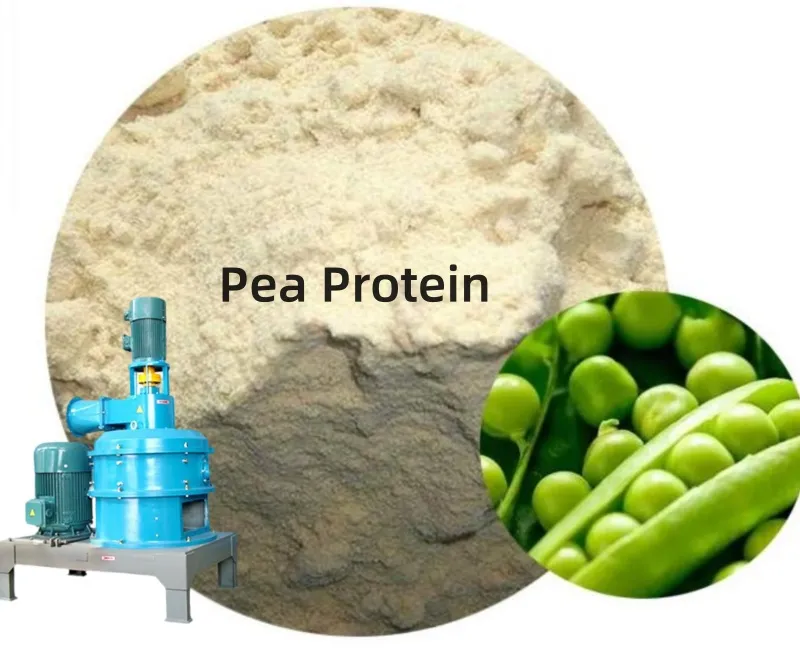
The Key Role of Air Classifier Mills in Dry Separation of Pea Protein
The Air Classifier Mill (ACM) is a high-efficiency device that integrates grinding and classification in a single system, allowing precise control of powder particle size distribution. In pea protein extraction, it demonstrates several advantages that conventional wet methods cannot match:
| Characteristics | Dry Separation (Air Classifier Mill) | Traditional Wet Separation |
|---|---|---|
| Energy & Environment | Significantly lower energy use; no water or wastewater generation | High energy consumption; produces acid/alkaline wastewater |
| Protein Structure | Gentle milling; minimal denaturation; retains natural structure | Easily denatured by acids, bases, and heat |
| Functional Properties | Excellent solubility and gelation; ideal for plant-based foods | Functionality often reduced; lower solubility |
| Application Potential | Suitable for “clean label” food development | Suitable for high-purity isolates |
| Product Purity | Enriched fraction (protein 50–60%) | Isolate (protein >90%) |
Studies show that pea protein fractions obtained through dry separation using ACM exhibit higher gel storage modulus (G’) and significantly better solubility across pH 3–7 compared to commercial wet-isolated proteins. These properties are crucial for applications in plant-based emulsions, acidic beverages, and gel foods.
Epic Powder’s Air Classifier Mill Solutions
Pea protein separation technology is evolving toward high efficiency, sustainability, and intelligent automation. The application of Air Classifier Mills not only optimizes the pea protein dry separation process but also enhances the functionality and value of protein products.
As a technology company with over 20 years of expertise in powder engineering, Epic Powder has developed advanced ACM systems tailored for plant protein separation. These systems feature:
- High-efficiency separation and high-purity extraction of protein and starch;
- Low-temperature operation to preserve protein functionality;
- Modular design for seamless integration with existing production lines;
- Food-grade compliance ensuring product safety and process stability.
Through industrial applications, Epic Powder’s Air Classifier Mills have proven effective in producing plant-based protein powders, functional food ingredients, and sports nutrition products — helping customers achieve high purity and low energy consumption in production.

